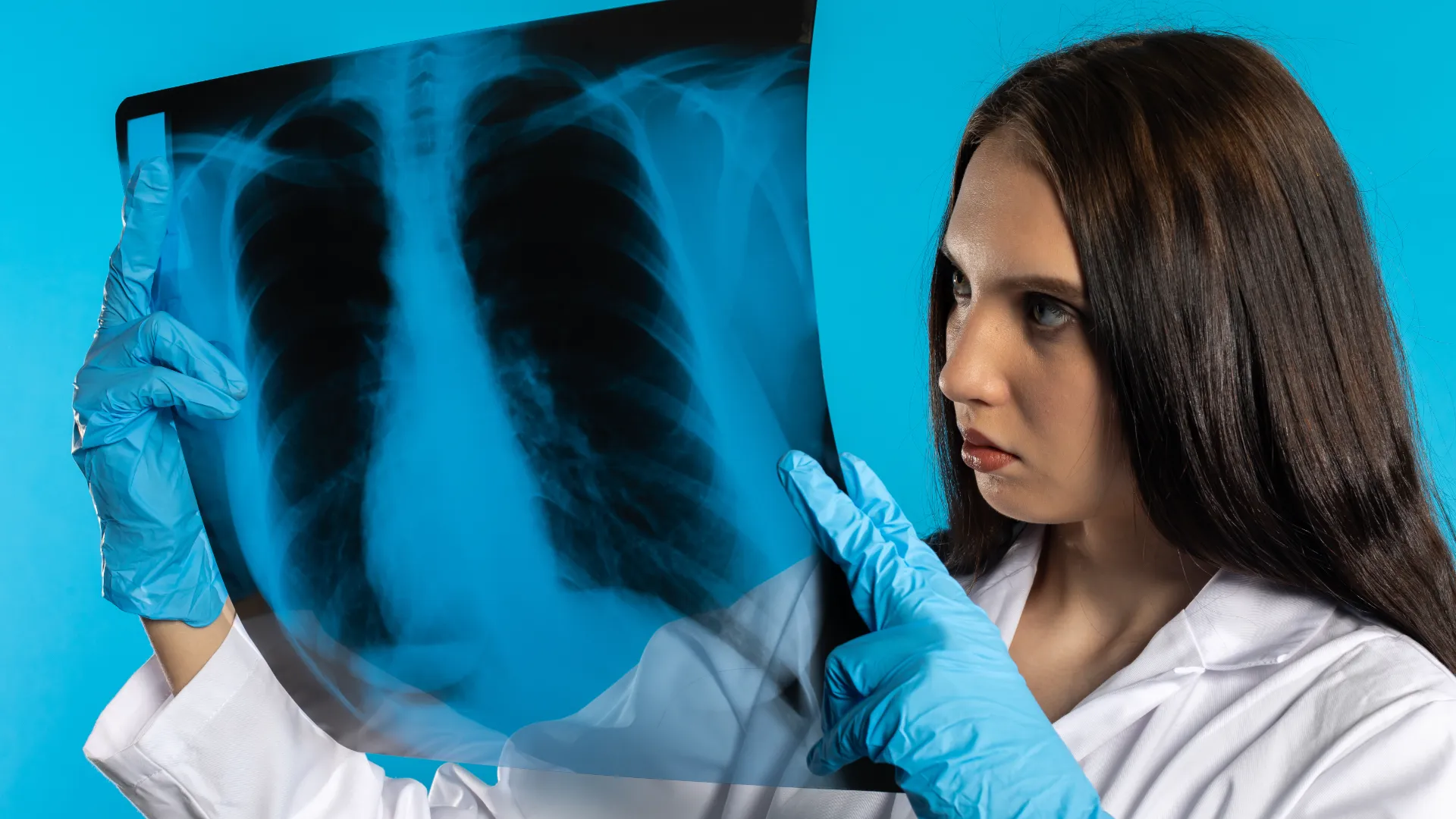Sarcomatoid mesothelioma, a rare and aggressive form of cancer, presents unique challenges in diagnosis and treatment. Understanding the causes, signs, and symptoms is crucial in identifying this type of mesothelioma. In this article, we will delve into the diagnosis process, including the methods and tests used to confirm sarcomatoid mesothelioma. Stay informed about the latest developments to ensure timely diagnosis and explore treatment options.
Understanding Sarcomatoid Mesothelioma
Sarcomatoid mesothelioma is a rare and aggressive form of cancer that develops in the mesothelium, the protective lining covering the internal organs. It is characterized by the presence of sarcomatoid cells, which are elongated, spindle-shaped cells that are associated with a poor prognosis. This type of mesothelioma is the least common among the three main histological subtypes, the others being epithelioid and biphasic.
Key Points to Understand:
- Cell Characteristics: Sarcomatoid mesothelioma is identified by the presence of spindle-shaped cells, making it distinct from the other subtypes.
- Aggressiveness: This subtype is known for its aggressive behavior and is often resistant to traditional cancer treatments.
- Diagnostic Challenge: Distinguishing sarcomatoid mesothelioma from other types of cancer can be challenging due to its unique cellular structure.
- Prognosis: Patients diagnosed with sarcomatoid mesothelioma typically have a poorer prognosis compared to those with epithelioid or biphasic mesothelioma.
Understanding the distinct characteristics of sarcomatoid mesothelioma is crucial for accurate diagnosis and tailored treatment strategies. As we delve deeper into the causes, symptoms, and diagnostic approaches, it becomes evident that early detection and specialized care are essential in managing this challenging form of cancer.
Causes and Risk Factors of Sarcomatoid Mesothelioma
When it comes to sarcomatoid mesothelioma, it’s crucial to be aware of the potential causes and risk factors associated with this rare and aggressive form of cancer. Understanding these factors can help individuals recognize potential risks and take necessary precautions to minimize their exposure. Here’s a breakdown of the causes and risk factors to be mindful of:
- Asbestos Exposure:
- Individuals with a history of prolonged exposure to asbestos have a significantly higher risk of developing sarcomatoid mesothelioma. This exposure can occur in occupational settings such as construction, mining, and shipbuilding, as well as non-occupational environments like living in close proximity to asbestos mines or contaminated sites.
- Radiation Exposure:
- While less common than asbestos-related cases, exposure to high levels of radiation, particularly therapeutic radiation used to treat other forms of cancer, can also increase the risk of developing sarcomatoid mesothelioma.
- Genetic Factors:
- Some individuals may have a genetic predisposition that increases their susceptibility to developing sarcomatoid mesothelioma following asbestos exposure. Understanding one’s genetic makeup and family history can aid in assessing the overall risk.
- Other Environmental Exposures:
- Exposure to erionite, a naturally occurring mineral fiber similar to asbestos, has been linked to an elevated risk of sarcomatoid mesothelioma in certain geographic regions.
